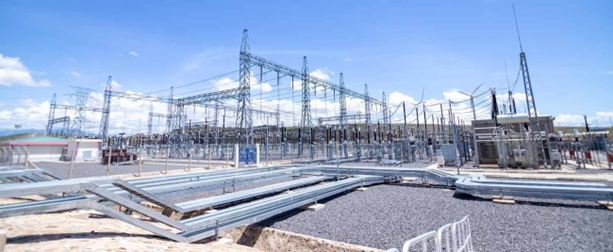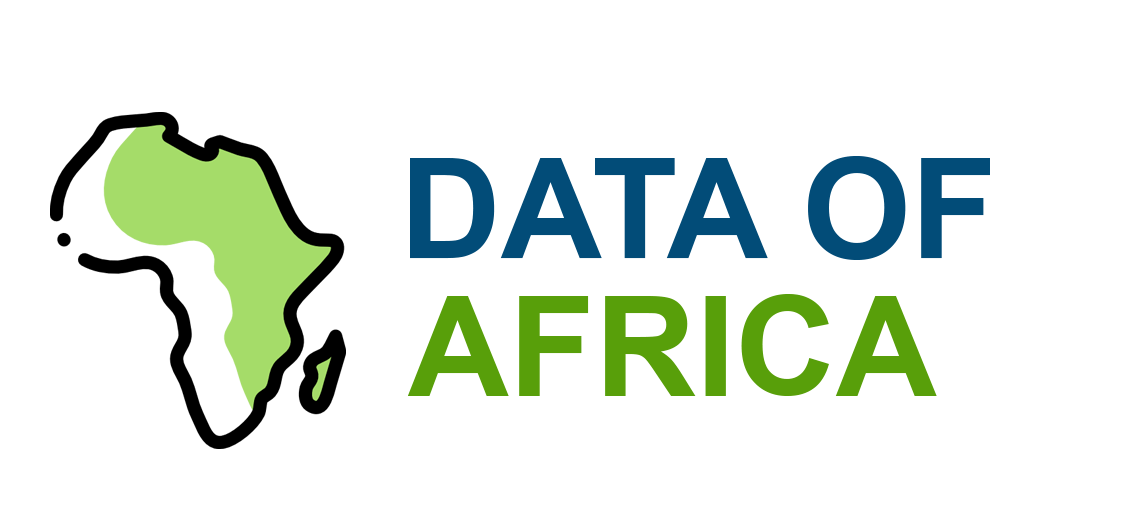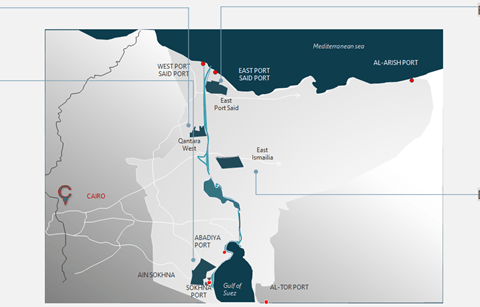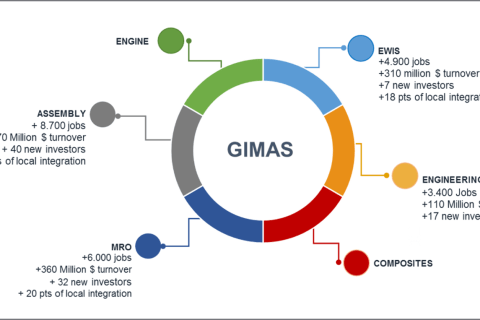
The Mauritania–Mali high-voltage transmission line project, combined with the creation of a large solar power plant in Mauritania, embodies a new approach to energy infrastructure in West Africa: a cross-border vision, focused on renewable energy, regional integration, and energy security.
This project includes two major components:
- A high-voltage power line (225 kV)connecting Mauritania to Mali over more than 1,300 kilometers. It is to start in Nouakchott, cross the Saharan regions, and reach Bamako. This line will allow the export of excess electricity produced in Mauritania, particularly from renewable energy sources, to Mali, where energy deficits remain significant.
- A high-power solar power plant(over 100 MW) built in Mauritania, intended to supply the domestic grid and provide a substantial portion of the energy transmitted to Mali. This plant could eventually be expanded to become a regional solar hub.
The main objective of this initiative is to strengthen the energy security of Mali, a country heavily dependent on imports and facing limited access to electricity, especially in rural areas. Mauritania, for its part, is increasingly exploiting its renewable energy potential (solar and wind) and is positioning itself as a future exporter of green electricity.
Funded by a group of donors including the African Development Bank, the World Bank, and European partners, the project represents a total cost of more than 900 million dollars.
The expected benefits are numerous:
- Reduction of electricity production costs in Maliand improving the reliability of supplies.
- Creation of local jobsin the construction and maintenance of infrastructure.
- Reduction of greenhouse gas emissions, thanks to the gradual replacement of diesel generators with clean energy.
- Strengthening regional trade, in line with the ambitions of the Economic Community of West African States (ECOWAS) to create a regional electricity market.
However, the project faces several challenges: securing infrastructure in sometimes unstable areas, technical coordination between operators in the two countries, and the need to train local skills to ensure the sustainability of the equipment.
If these challenges are addressed, the Mauritania–Mali project could become a model for Sahelian energy integration and a catalyst for sustainable development in a region that desperately needs it.




